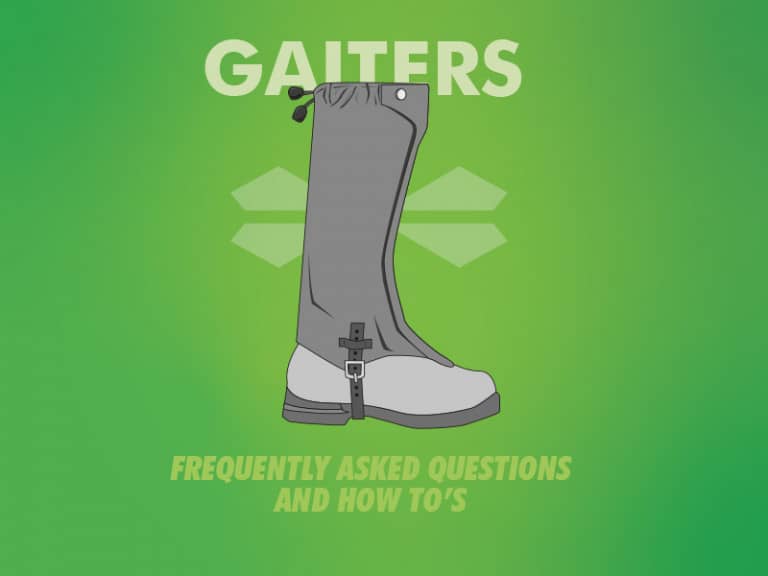Hiking essentials will be one of the first things you will find when searching for information for hiking & backpacking, and it is the first building block you need to start the foundation.
You have to begin somewhere. And the " 10 H
The 10 Essentials first appeared in print in the third edition of Mountaineering: The Freedom of the Hills (January 1974). For this hiking
The 10 Essentials:
1. Navigation.
2. Sun Protection.
3. Insulation.
4. Illumination.
5. First aid
6. Fire
7. Repair kit & Tools.
8. Nutrition.
9. Hydration.
10. Emergency Shelter.
1. Navigation.
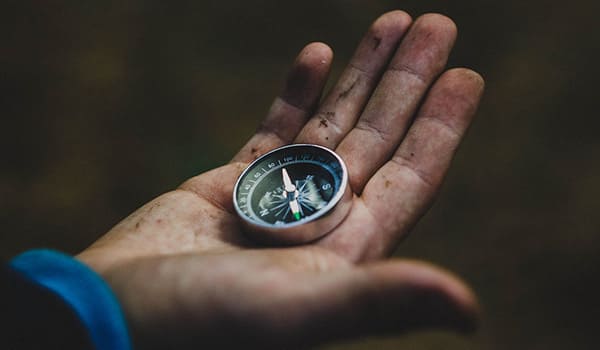
[ Smartphone / Topographic map / Compass / GPS devices ]
One of the enjoyments of hiking is getting lost in the environment. The total immersion with nature might take you off the original plan. Yet you have to get back to reality at some point. Having certain navigation skills are crucial. Back in the days reading maps was the way to go, nowadays having a navigation device is an option. So always bring a device that can get you on the right path. This also means that you might need to bring an extra battery to make sure you have enough juice.
2. Sun protection.
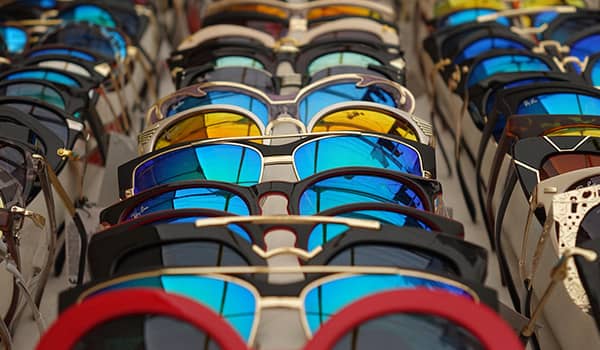
[ Hat / Sunglasses / Sunscreen for lips & skin / Clothing ]
We all know the dangers that the sun can bring, but it's easy to forget to protect yourself. Being prepared is the way to make sure you remind yourself. We all love the sun but being in it for most of the day(s) may cause unwanted damage. Prepare yourself by adding a layer of sun protection before starting your adventure.
3. Insulation.
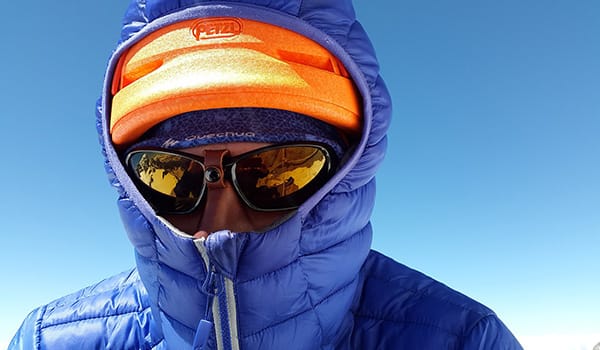
[ Layers of clothing & Gloves / Gaiters ]
Knowing how to dress for the occasion is a great way to control your own temperature. Having multiple layers with you will give you the option to do that. Because you never know when the weather might give you a curveball.
In a later post I will go into more detail.
4. Illumination.
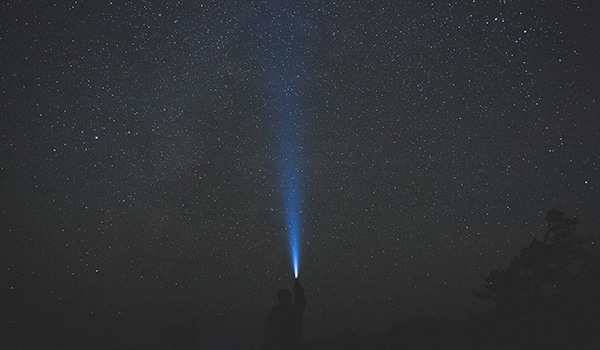
[ Led headlight/ Flashlight/ Smartphone/ Extra batteries ]
Most hikes will be by day with sunlight. Because walking in the night gives an extra layer of complications. To
5. First aid
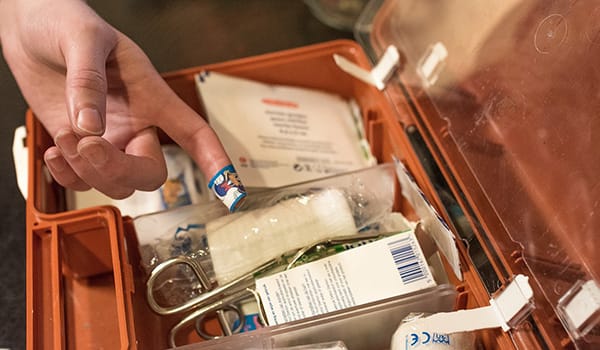
[ Insect repellent/ Food care/ Location & time dependent ]
Being prepared for every scenario is unrealistic. But you can make sure yourself for the most common ones. Having a basic med kit and knowledge how to use it will get you out of the most harry situations. Don't forget to have protection for other factors, like blister prevention and i
6. Fire

[ Lighter/ Waterproof matches ]
Not all walks will be in perfect weather conditions, having the option to make a small fire can make a big change. This might not be necessary on one-day walks, and in some
Warning: Only make fire on places where it is aloud. Make sure it won't damage the beautiful environment you are in.
7. Repair kit and tools.
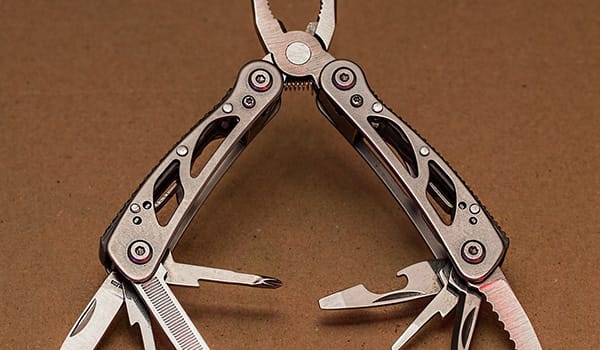
[ Multi tool/ Knife/ Duct tape/ cable ties/ Gear repair kit ]
To prevent cutting your adventure short because of a technical mishap, try to bring tools with you that can combat more than one problem.
8. Nutrition.

[ Additional food to survive an extra day/ Beyond the minimum expectation/ Dense superfoods ]
Hiking burns between 400-500 calories an hour (approximately). And to replenish that somewhat on your journey you need to bring sufficient nutrition with you. Even though chocolate bars are great, they might not give you the best nutritional value. So, a better solution is something high-calorie and low weight like: protein bars/ energy bars/ nuts.
9. Hydration.
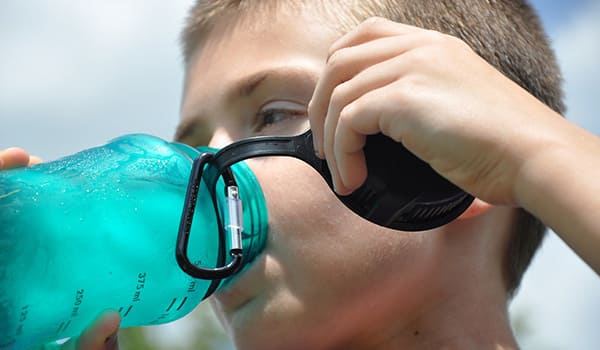
[ Bring water depending on your hike/ Purification tablets/ Lightweight water purifier ]
We all know we need to drink water when we are doing physical activities but how much water do you need? It's not an exact science but a good rule of thumb is if you’re hiking, to drink about 1 liter (32 ounces) of water every two hours. Keep this in consideration when you are planning your hike. Another solution is to bring a way to purify water sources (tablets /water filters / etc).
10. Emergency shelter.
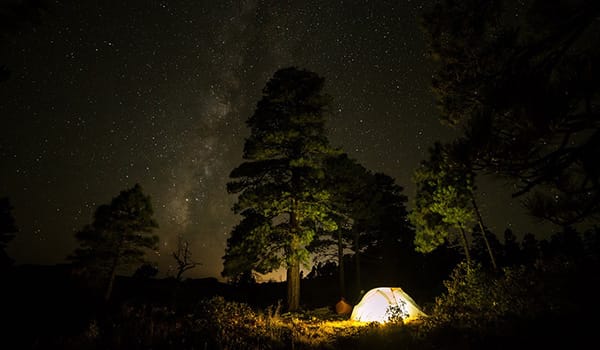
[ Emergency Bivy/ Tarp/ Tent ]
To make sure you won't be surprised in any situation it’s smart to bring an emergency bivy bag. It’s lightweight but brings a heavy punch and will help you out in extreme situations.
Conclusion.
In most hiking and backpacking trips it's wise to bring all 10 items to be certain you are covered in all areas. Now that you have read the ten essentials, you can make a calculated decision what to bring on your next journey.
If you want to know which photography you should take with you on the next hike you can read the blog: Photography Equipment.
Good luck on your next adventure, let us know if it was helpful and what you learned from all your trips. And if it’s possible:
Wander Together.
Need more content: Hiking Blogs
Veteran turned Entrepreneur| Love what I do and found a way to make work fun again.
Working on converting my 14.5years of military experience Into making an impact in the Hiking&backpacking community. Still a long road ahead, but willing to
"Wander together"

